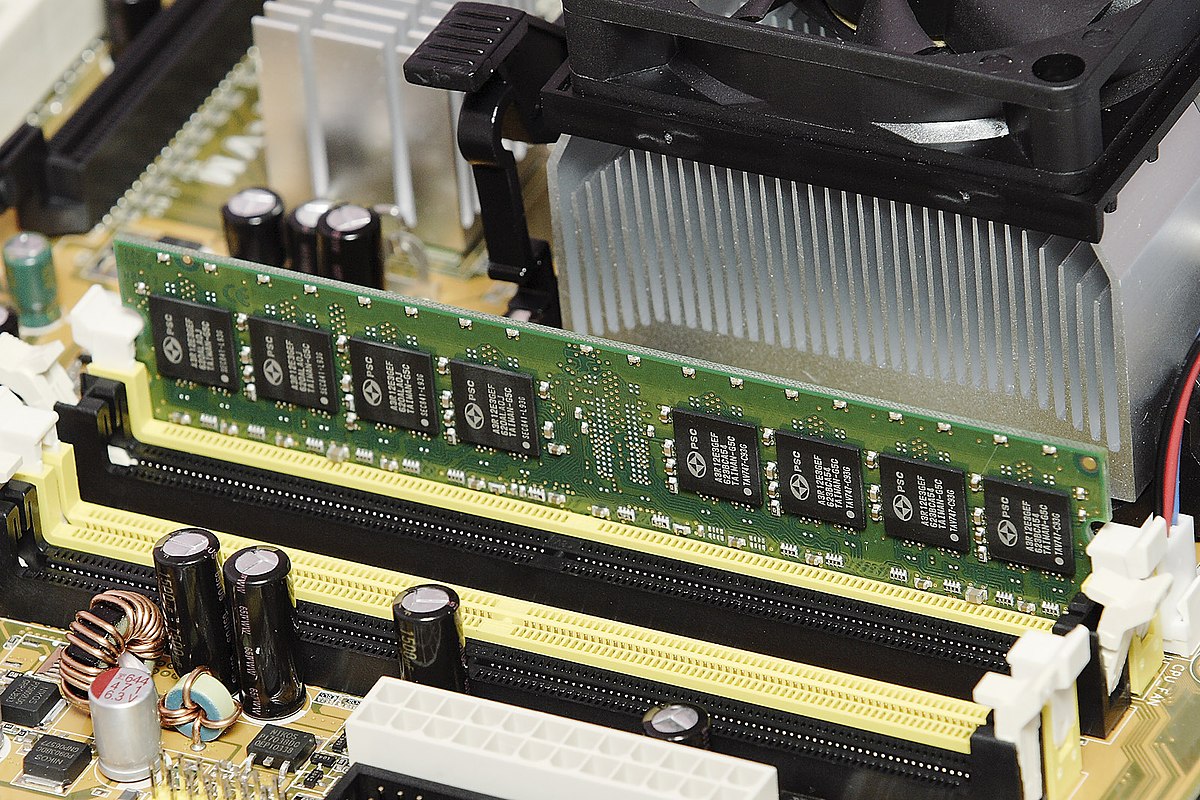Difference Between Serial And Random Access Memory Chips
Home And Exile Chinua Achebe Pdf Editor. In terms of flash memory vs. RAM speed, RAM is the faster of the two, but it is also more expensive to make. There are two types of RAM commonly used in a computer system: and. Because SRAM is so much more expensive than DRAM, in addition to being faster, it is mainly used as the cache memory inside the integrated circuit that is a computer's CPU. DRAM, being so much less expensive, is mainly used as the primary operational memory, running the operating system (OS) and applications.
Your computer uses two different types of storage devices: internal memory and external memory. The two broad categories of computer memory are random-access memory and read-only memory. External storage devices are designed so you can easily share these devices between computers. In computing, sequential access memory (SAM) is a class of data storage devices that read stored data in a sequence. This is in contrast to random access memory (RAM.

Less expensive still is flash memory, which is that can hold data even without power, unlike RAM. Compared to of RAM, flash memory speed is significantly slower. Because of the slower speed, its persistent nature and its lower cost, flash is used for storage memory, most commonly in devices like solid-state drives. How RAM works Since SRAM is built into a CPU and can't be adjusted by the user, let's look at how DRAM works. DRAM uses storage cells made up of a capacitor and a transistor. As mentioned earlier, DRAM storage is dynamic -- it needs a new electronic charge every few milliseconds to compensate for charge leaks from the capacitor. Those storage cells are built into a solid-state chip, and those chips are collected into the familiar rectangular RAM module that is placed into the RAM connectors on a computer's motherboard.
Learn more about flash memory vs. RAM Organizations take a: How to work better and smarter Avoid How flash memory works Flash memory is made of solid-state chips in which the transistors are connected so they function similar to the logic gate type called. Flash memory is nonvolatile -- able to retain data without a supply of power. Data has to be erased from in entire blocks -- even if you only need to erase a few bits of data in the block -- as opposed to individual bits, as is the case with RAM. In addition to helping make flash memory slower than RAM, early flash requirements to erase data in entire blocks also caused it to faster than RAM. Mortal Kombat Cracked Ipa. Today, flash memory lasts much longer due to software functions such as wear leveling.